18 November 2012
Wantful Christmas Presents
23/11/12 07:40 Filed in: Photography & Art
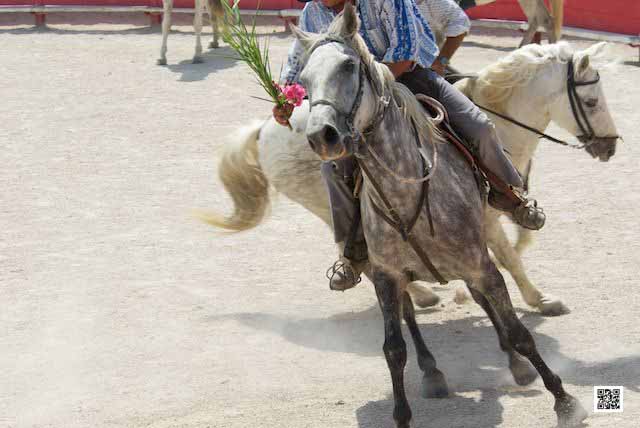
Wantful, isn’t this a wonderful word? It doesn’t exist officially, but it should.
The word reflects our desire to want something in a gentle way. Its not that rough “I want it and I’ll get it no matter what”, it’s the gentle desire of something very beautiful and precious, like for example great design, amazing art, fabulous quality or impressive craftsmanship.
When you look at your photographs do they feel wantful? Try it and make a Wantful Catalog your loved ones can choose from for their Christmas presents. Of course you can include also all the other things you make and that are wnatful to others. Just make it as an online catalog and send it around to your friends and family and see how their wantfulness emerges.
Happy wantful gift giving!
Ute Sonnenberg for www.rohoyachui.com
Living Pictures with Light Field Camera Lytro
22/11/12 11:12 Filed in: Photography & Art
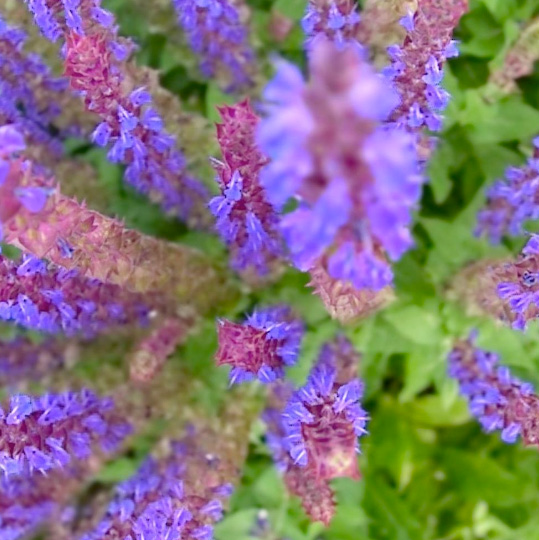
Photos we take with our “normal” cameras are 2D images and nothing is wrong with it, yet there is more what one can do with a camera and this is when Lytro comes in.
The Lytro camera is a light-field camera. That means the camera captures the 4D light field information of a scene and by doing that, the images can be refocused and even the perspectives can be shifted afterwards. Ever had that moment that you wished you had taken the photo with a different angle, different point of view? You can change your point of view now with the new Lytro feature from December 4th just at your computer after the image was taken, well when the image was taken with a Lytro camera.
Comes pretty close to our human eye, doesn’t it?
Happy snapping and playing!
Ute Sonnenberg for www.rohoyachui.com
Image above by Greg Tokarski
David Hockney: Seeing the World through a Wide Angle Lens
21/11/12 15:08 Filed in: Photography & Art
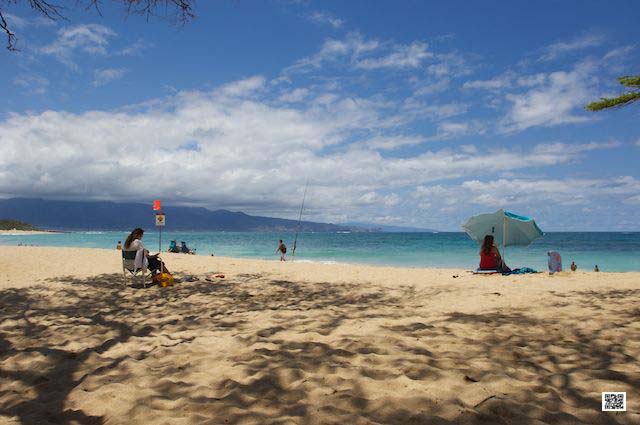
What struck me every time I looked at a David Hockney painting is the depth in them. This great perspective seeing and view line conscious eye of him, only matched by excellent wide-angle lenses we use in photography.
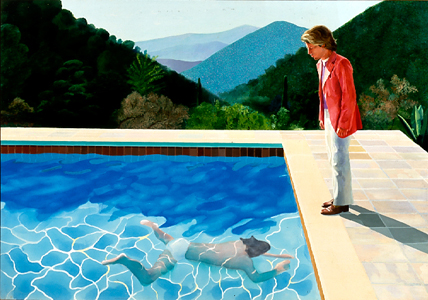
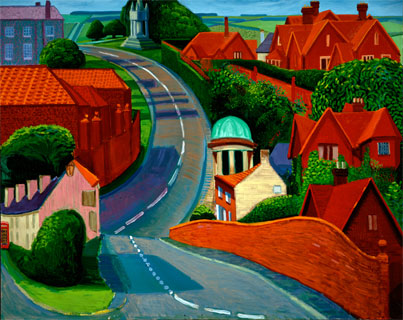
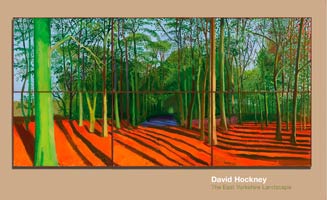
He paints like a wide-angle lens does when we photograph a sky with clouds or a landscape with a road. Well, that also means that we are little Hockneys as well, because one needs to see it first, the lens is only as good as the photographer that wields it. Yet Hockney’s paintings are wonderful to train your eye for perspectives and view lines. Look at them and your eye will learn. That’s enough, just look at them.
Happy seeing and shooting!
Ute Sonnenberg for www.rohoyachui.com
Sales Season is on: Black Friday, Cyber Monday, Green Monday ...
20/11/12 16:48 Filed in: Technology & Gadgets

Are you ready for “sales season”?
This week Friday is Black Friday, the day after Thanksgiving and focusing on people going to real shops, the busiest day for retailers of the whole year (at least in the US). Then comes Cyber Monday, the Monday following on Thanksgiving. Cyber Monday is the day of online shopping, catching up with Black Friday regarding the numbers pretty well during the last years. And finally we’ll get Green Monday, the second Monday in December, called like that initially by eBay.
What should we do with it? If you are interested in purchasing higher priced photo equipment or a phone, computer or other electronics, its worth to check the specials circulating on and around these days, even if you are not staying in the U.S.. Amazon is doing already its Pre Black Friday specials and B&H New York has some very interesting offers as well. Just be careful when you are not in the U.S.. On top of the price comes the shipping, taxes and VAT of your country, but often the price is still lower, just check first.
Ready to go? Happy checking and buying!
Ute Sonnenberg for www.rohoyachui.com
A Photograph is what Your Subconscious Sees
19/11/12 17:53 Filed in: Photography & Art
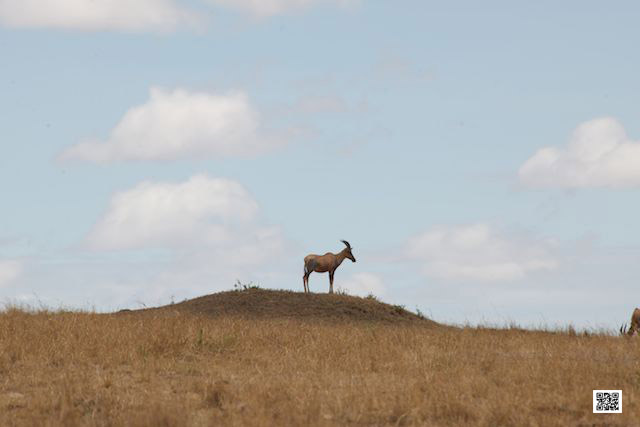
While reading an article by Roger Cicala on The Camera versus the Human Eye I realized that we humans seem to tend to see the products we once created as superior above nature’s creation. At least I got the idea when reading the article, like the eye gets compared with the camera and has to make up to the expectations in matching the camera specs.
Its rather interesting that we approach it like that and not the opposite way, that the camera is an attempt to copy the human eye. Nonetheless the article points out that the human eye has an incredible number of megapixel, 130 million, from which 6 million can see color, yet the article goes further into every comparable detail with a camera, weighing the pros and cons of “technical” specs.
I think comparing the two like that is like comparing apples with peers. The human eye evolved over millions of years with a functionality to serve survival. A camera was created with a different purpose. It is supposed to capture what we see and not so much in order to survive, but to show and share what we see with our subconscious.
And here it comes.
“Unlike the intermittent shutter clicks of a camera, the eye is sending the brain a constant feed video which is being processed into what we see. A subconscious part of the brain (the lateral geniculate nucleus if you must know) compares the signals from both eyes, assembles the most important parts into 3-D images, and sends them on to the conscious part of the brain for image recognition and further processing.” Roger Cicala
The subconscious makes the choice what we see consciously and because the human eye is made to help us survive it will provide our conscious with images like face recognition and alike. But our subconscious receives all we see, also what is not essential to survival and the information sits there with the subconscious and it does not even create the 3-D images for us, it just keeps the information and although it’s subconscious, we know that there is more.
Roger Cicala was wondering why he often likes more what he captures with the camera, although it’s not what he saw with his eye.
“But I guess my only real conclusion is this: a photograph is NOT exactly what my eye and brain saw at the scene. When I get a good shot, it’s something different and something better,…” Roger Cicala
No, a photograph is what your eye saw. The photograph captures the information that was sitting unprocessed to the brain with the subconscious. It creates the images of this unprocessed seeing or in other words, a photograph is what your subconscious sees and when taking it a step further, your subconscious was seeing for you all along. And that makes you connect with your photographs so deeply and liking them dearly.
Keep seeing, keep snapping!
Ute Sonnenberg for www.rohoyachui.com
Travel Memories 2008: On Safari in Africa - Day 12
18/11/12 13:51 Filed in: Travel & Inspiration | Safari Story

I was awake and just about to get up when I heard a scream and another one and another one. What was it? A bird? When I got to the main house I heard that somebody saw a leopard next to my tent killing a duiker. I was excited. This was spectacular and I would have loved to see the leopard. We were all standing on the veranda with binoculars trying to find the leopard. Nothing. Suddenly while sitting at the table chatting, Richard (the manager) said, I can see him. We all jumped up. I got my camera and only with the big lens I could see “him”. The leopard turned out to be a cheetah and a female, just up the hill behind my tent, feeding on the kill. What a start of the day.
At 8 a.m. I met Paul and Alex at the gate. They managed to get us a new vehicle and new tents. Nonetheless we decided to go straight to Amboseli and to skip Mount Kenya and Aberdare. The first part of the drive would bring us back around Mount Kenya to Nairobi and from there down to the border with Tanzania. We drove back to Nairobi through Meru. It was very different from the other side of the mountain, lush and tropical with many plantations and colorful villages. Everything went well and we arrived in Nairobi at noon, had a stop at a supermarket, our packed lunch along the road and carried on towards the border, 251 km to Arusha and it was 2 p.m. at Ngong junction. One hour later we had a flat tyre, at 4.55 p.m. we arrived at Amboseli Gate and at 5.45 p.m. at the campsite. What a drive, but we were glad we did it. From now on we wouldn’t have to drive far anymore, except the way back to Nairobi, but that would be at the very end.
Ute Sonnenberg for www.rohoyachui.com